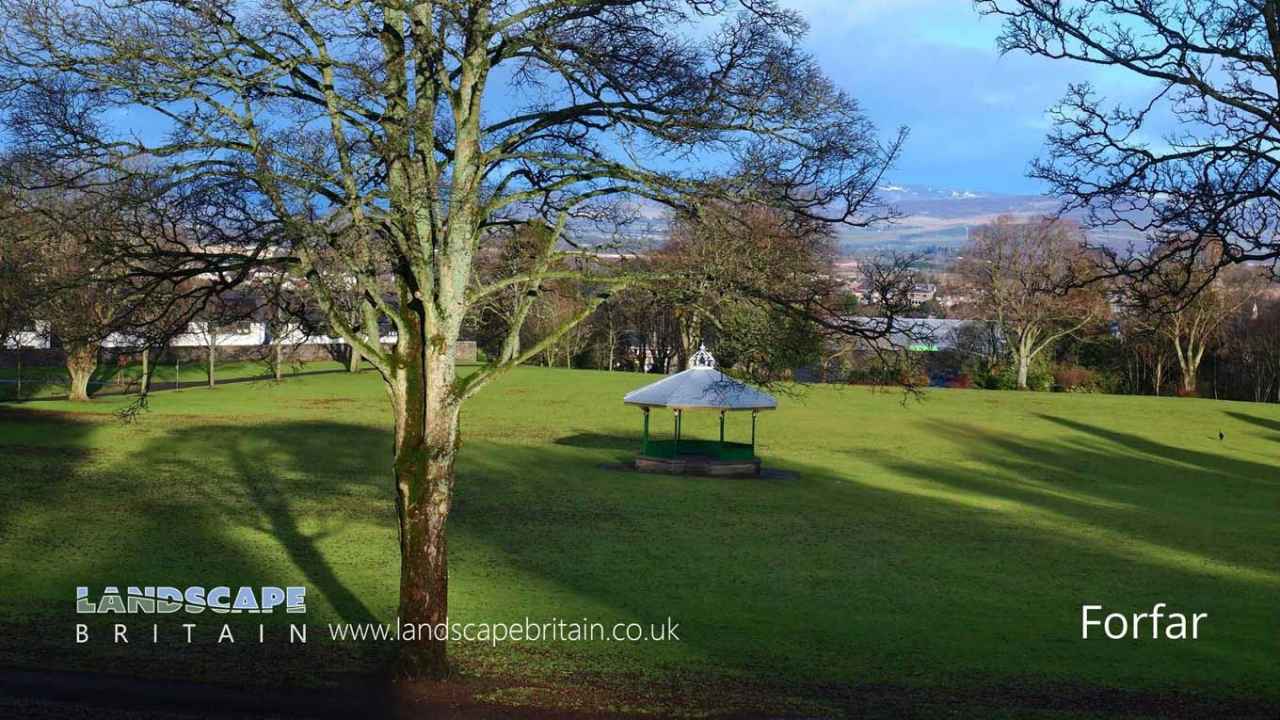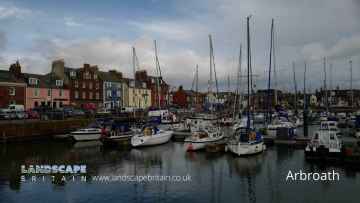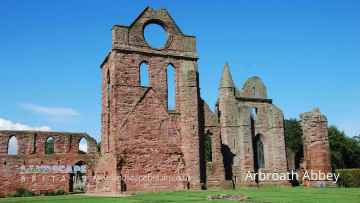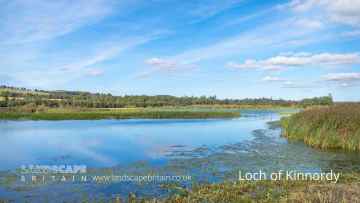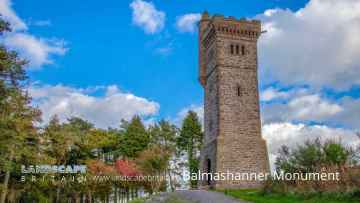Forfar is a Town in the county of Angus.
The town of Forfar is located in the heart of Angus in Scotland.
The town is best known for its association with King Malcolm Canmore, who ruled from 1058 until his death in 1093.
The town has a rich history and is home to a number of important historical sites. The Forfar Castle is one of the most important attractions in the town.
The castle was built in the 11th century and was the seat of power for the Earls of Angus. The castle was also the scene of a number of important events in Scottish history.
Today, the castle is open to the public and is a popular tourist attraction.
Forfar postcode: DD8 1
There are great places to visit near Forfar including some great towns, ruins, lakes, nature reserves, woodlands and historic monuments.
There are a several good towns in the Forfar area like Arbroath, Kirriemuir, Forfar, Montrose, Monifieth, Carnoustie, and Brechin.
Arbroath Abbey is a great place to visit close to Forfar if you like ruins.
Loch of Kinnordy is a great place to visit close to Forfar if you like lakes.
The area close to Forfar boasts some of the best nature reserves including Loch of Kinnordy.
Loch of Kinnordy is one of Forfar's best, nearby woodlands to visit in Forfar.
Forfar is near some unmissable historic monuments like Balmashanner Monument,
Forfar History
There are some historic monuments around Forfar:
Places to see near Forfar
History of Forfar
The Meffan Museum is in the heart of the town. It was built by a daughter of the Provost Meffan as a bequest in 1898. It is home of the Forfar story. It is also an art gallery and a meeting place for local speakers, summer clubs for children and groups. The story of Forfar takes you from the history of the little cobbler shops to the burning of the witch Helen Guthrie. There is also a good selection of Pictish stones found in and around Forfar and Kirriemuir. The Large Class I Pictish stone, with a rare carving of a flower, is called the Dunnichen Stone. It was found in the early 19th century when a farmer from the East Mains of Dunnichen was ploughing. It was initially displayed at a church in the vicinity, then at Dunnichen House. In 1966 it was relocated at St Vigeans and finally moved to Dundee museum in 1972. After the Meffan Institute had been renovated it was brought to Forfar on a long term loan where it is displayed alongside the Kirriemuir Sculptured Stones. There is also a canoe, excavated from Forfar Loch, that dates back to the 11th century (one of two that were found).




